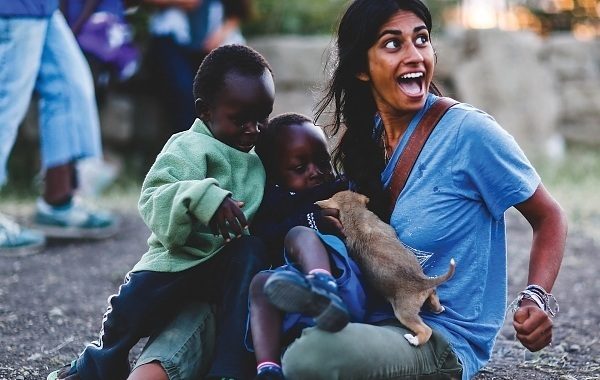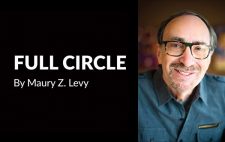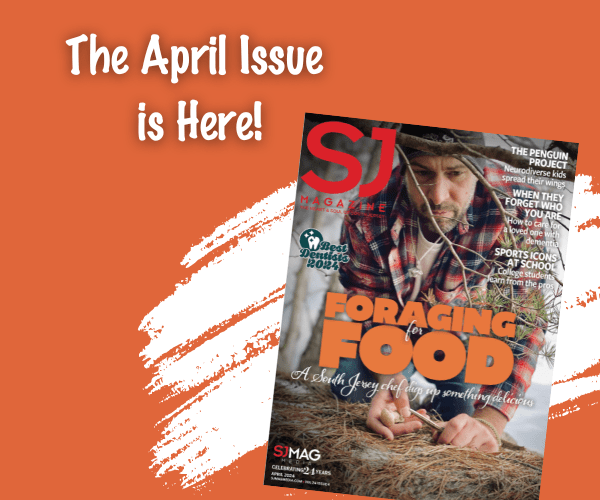She says she was never the type of person who aspired to save struggling children in faraway places. But Moorestown’s Safeena Padder, 22 (shown in photo above), stumbled upon an internship that has forever changed who she is. Working with the nonprofit Made in the Streets, Padder spent six months living at a school outside the slums of Nairobi, photographing hundreds of drug-addicted and orphaned children who live on the streets. Her photographs tell her story better than any Q & A could, but we asked her a few questions anyway.
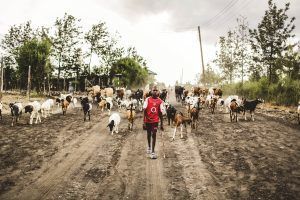

Many kids in Nairobi – some having lived on the streets since they could walk – are addicted to drugs like glue and jet fuel, which are both very numbing. Many don’t have families, and those who do go to the streets to escape abuse, hunger and exploitation. Most kids aren’t addicted when they first get on the streets, but they are peer-pressured into trying drugs. With glue, it helps stifle hunger. It’s counterproductive, because glue is more expensive than food. But when you’re addicted, that logic doesn’t apply. Glue is the most prevalent, and much cheaper than heroin or weed.
Made in the Streets (MITS) has a school in the village of Kamulu outside Nairobi, and the Eastleigh Center, which offers community programs. The staff goes into the streets of Nairobi and connects with the street children – a lot of them hang out at Eastleigh. Young teenagers who come to Eastleigh and are willing to leave the lifestyle and drugs behind can come to Kamulu for boarding school, where there are about 120 students.
My job was essentially to get to know each student really well. As the photojournalism intern, I captured every moment – I just constantly floated around, taking photographs.
Was it difficult to see the hardships the children there face?
It was hard, because they deal with stuff I could never fathom. You wonder, “How can they be so casual about that part of their lives?” It had the potential to get me down, but knowing who the kids are currently, it’s hard to be sad about it, because you know what they’ve overcome. They acknowledge that part of themselves without letting it rule them. Since they are victorious over their past, you have to be too.
You broke the rules once – can you tell us what happened?
Sometimes the kids at MITS run away – the appeal of street life or their drug addiction gets to them. Since most of them grew up with flight instincts, if they get in a fight, they’ll just run. That happened with one of my favorite students, Abdallah. He ran away the day before MITS had its 20th anniversary celebration. Everyone was very busy with preparations. I was still pretty new there, and I was really upset. So I took one of the graduates, Eddie, and we went out to look for Abdallah – which we were definitely not supposed to do. MITS has a very specific procedure that if a kid runs away, he or she has 24 hours to come back on their own or be found by the staff. I thought everyone was too busy with the anniversary, so no one was trying as hard as they should. We couldn’t find him. We went out to look again, and my advisor found out, and texted me: “You should probably come back right now.” We had a talk after that about interns not leaving without telling someone where they were going.
We never found Abdallah. Those were some of my worst days at MITS.
Can you describe Kamulu, the town where you lived?
It’s not like what people imagine when they think of a Kenyan village. It’s urban. Nairobi is an hour away, and Kamulu is right next to the main road. There are dirt roads, donkeys and kiosks, but there are big shops, too. Everyone lives in a house with plumbing and electricity, though the electricity and the water do go out sometimes. They recently installed Wi-Fi, which was a big deal. At the school, the classrooms have everything you would imagine: posters, chalkboards and desks. They have a computer lab, culinary center, salon, woodworking shop and sewing shop. There are certain things you have to get used to as an American – like the Wi-Fi will take 100 times longer to load, and then you’re reminded – I am in Africa. But you learn to appreciate it.
How did you get interested in photography?
It was just something I picked up junior year at Moorestown High School. One of my friends was really into film and photography and, honestly, I just wanted to fit in and be cool, so I got myself a camera. It wasn’t something I took seriously until sophomore year of college when I studied abroad in Heidelberg, Germany, and had the opportunity to photograph things beyond my front yard.
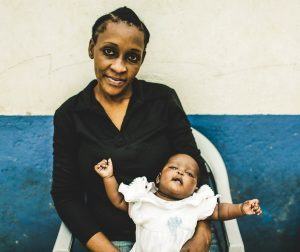

I never had a dream to go to Africa and save the children or anything like that. One of my friends asked me to apply as a pair with her, so I applied to appease her. I was just intrigued by what MITS stood for, and who and how they served. But my friend ended up not even applying, and I got in. I wasn’t planning on going, because I had just graduated, and I thought, “I have to get a real job and settle down.” I went to a professor for advice, and she said, “Safeena, I wish I had done something like this when I was your age.”
What were you feeling before you left?
A mentor of mine who works with MITS was very honest with me about it. She said, “It’s going to be the hardest thing you’ll ever do that you will love the most.” She knows I love challenging myself. MITS was a combination of a lot of things that I loved: photography, traveling and working with kids. But I’d never worked with teenagers before. Teenagers are hard, because they have all these big problems in Kenya, the issues we can’t imagine, but they also have puberty and relationship problems – all the little things that get lost in the chaos.
How have you changed from this experience?
I’m definitely in reverse culture shock now. I spent an hour and a half walking around the grocery store, not buying anything; I was just amazed there was a store with so many options. I don’t think it will be long before I readjust, but I don’t want to forget what I’m feeling. It’s not that I am so much more charitable now that I’ve been to Africa; it’s that I know my time and my skills are valuable in a way that’s not just for me.
What will you do with your photos?
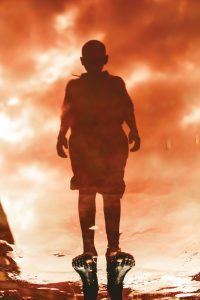

Do you have a favorite photo?
My favorite isn’t necessarily the one with the most photographic or technical merit, but it’s the sentiment that I love. It’s an upside-down photo of a reflection, so you just see a boy’s shadow. That was Abdallah the day before he ran away. He was helping clean the Learning Center and it had been raining, so there was water everywhere. That photo summed up my whole experience of going to look for him: I was thinking, “I don’t know where he is or how he’s doing. I know that he’s out there, but not where he is.” He was like a shadow. I have another photo of him holding my hand, I love that, too. He was the sweetest kid.
Photography by Safeena Padder

